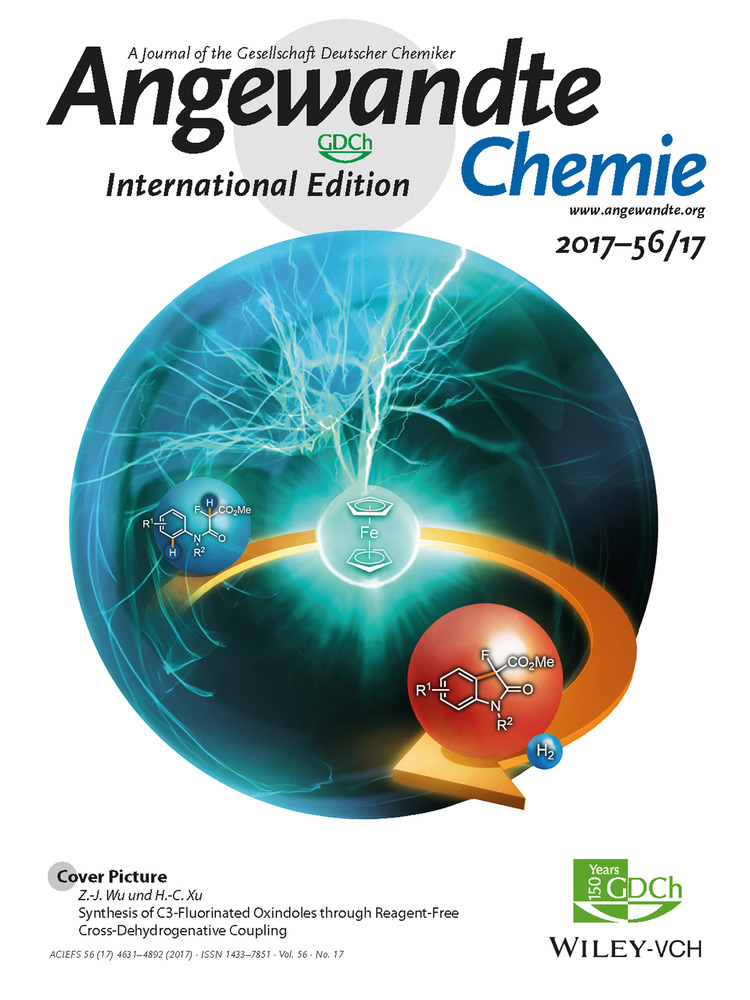Insight into Ion Transfer through the Sub-Nanometer Channels in Zeolitic Imidazolate Frameworks
Graphical Abstract
Tipping the balance: By coating the tip of a nanopipette with crystalline zeolitic imidazolate framework-90 (ZIF-90), super-high ionic rectification was detected. The rectification results from the interaction between the sub-nanometer channels of the glass-nanopipette-supported ZIF-90 (GNS-ZIF-90) and the ions in solution.
Abstract
A crack-free sub-nanometer composite structure for the study of ion transfer was constructed by in situ growth of ZIF-90 [Zn(ICA)2, ICA=Imidazole-2-carboxaldehyde] on the tip of a glass nanopipette. The potential-driven ion transfer through the sub-nanometer channels in ZIF-90 is strongly influenced by the pH of the solution. A rectification ratio over 500 is observed in 1 m KCl solution under alkaline conditions (pH 11.58), which is the highest value reported under such a high salt concentration. Fluorescence experiments show the super-high rectification ratio under alkaline conditions results from the strong electrostatic interaction between ions and the sub-nanometer channels of ZIF-90. In addition to providing a general pathway for further study of mass-transfer process through sub-nanometer channels, the approach enable all kinds of metal–organic frameworks (MOFs) to be used as ionic permselectivity materials in nanopore-based analysis.





